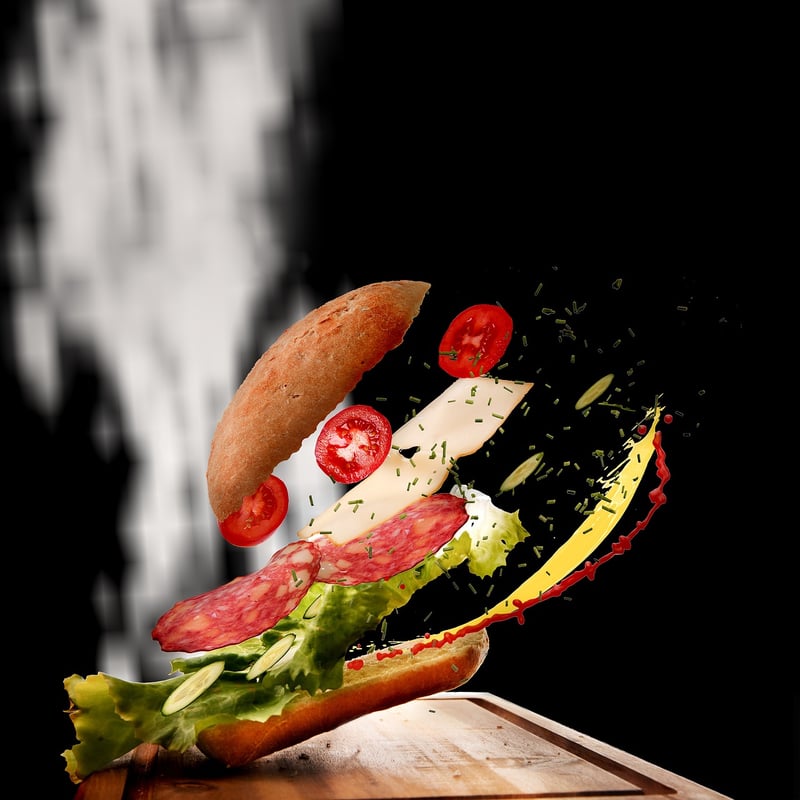Food Preservation
Understanding Ingredients and Food Preservation
When it comes to cooking and food preservation, understanding the ingredients you use is essential. Not only does it enhance the flavors of your dishes, but it also plays a crucial role in ensuring food safety and longevity.
The Role of Ingredients
Ingredients are the building blocks of any recipe. They provide the taste, texture, and nutritional value to the dishes you prepare. Whether you are using fresh produce, meats, or pantry staples, knowing how to select and combine ingredients can elevate your cooking to the next level.
Types of Ingredients:
- Fruits and Vegetables
- Proteins (Meat, Poultry, Fish, Tofu)
- Grains and Cereals
- Dairy Products
- Herbs and Spices
- Condiments
Food Preservation Techniques
Food preservation is crucial to prevent spoilage and extend the shelf life of ingredients and dishes. Various techniques have been developed over the years to ensure food safety and minimize food waste.
Common Food Preservation Methods:
- Canning
- Freezing
- Drying/Dehydrating
- Pickling
- Salting
- Smoking
Benefits of Food Preservation:
- Reduces Food Waste
- Extends Shelf Life
- Preserves Nutrients
- Allows Seasonal Enjoyment Year-Round
Conclusion
By understanding ingredients and incorporating proper food preservation techniques, you can not only create delicious and nutritious meals but also ensure that your food stays safe and fresh for longer periods. Experiment with different ingredients and preservation methods to enhance your culinary skills and enjoy a variety of flavors throughout the year.



